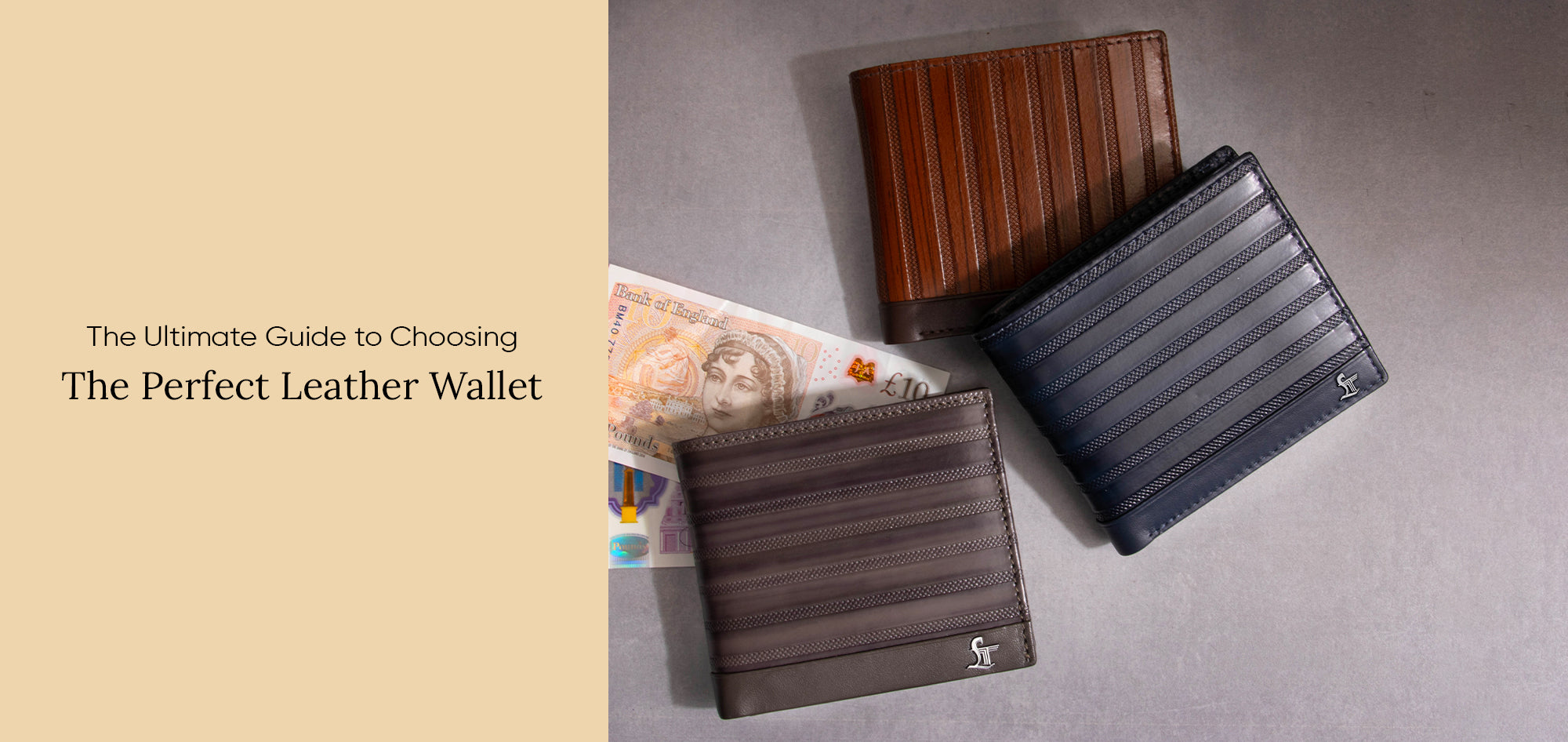How to Maintain Your Leather Products: Tips for Longevity
Do you adore your wallet or leather bag? Do you want it to remain gorgeous for years? Many individuals believe that caring for leather is difficult. That is untrue! Leather remains supple, glossy, and robust with simple daily routines and simple weekly actions.
Moreover, leather products require careful maintenance and fine wine to help them age. So, it's not about your style only; what also matters is how you take good care of it, whether a wallet, a belt, or a trolley bag.
Get to Know Your Leather First
The most expensive and durable type of leather is full-grain. It goes hand in hand with clothes made of top-grain leather. However, it is a tad thinner but still good. Although it is accessible, genuine leather lacks the same sophistication and quality.
Your own needs and preferences will dictate the colour of leather you choose. So, before you buy, be sure to read the labels. Each type is different and must be cleaned and conditioned using a specific method.
As leather is made from animal skin, there is some natural oil in it to make it soft and supple. Sadly, the oil does get exhausted after some time. Conditions such as heat, sun, and daily life accelerate this process. Therefore, you have to be vigilant in this regard.
Daily Care Habits
Begin by taking protective steps into your current daily routine. Avoid exposing your leather items to sunlight, as that might dry and bleach them. Radiators and fireplaces are also sources of heat that harm leather. Put your belongings away in cool, dry locations.
Such things as wallets and bags should never be overloaded. Any type of stress compresses the leather, thereby stretching it and creating a permanent deformation. Make sure that you wash your hands before dealing with leather-made items. Oils and skin dirt can, over time, develop on the surface and ruin the finish.
When storing leather products, wrap them with dust bags or soft materials. This safeguards them against dust collection and scratches. Leather goods should never be kept in plastic bags as this retains moisture and encourages the formation of mould. Remember, leather needs to breathe.
Regular Cleaning Steps
All leather goods need to be cleaned occasionally. Start by clearing everything out of your bags and wallets. Use a dry, soft cloth and run it over the dirt and dust on the surface. Work the edges and creases of the piece because those are where dirt tends to accumulate.
It is recommended that soap, detergent, or cleaning solutions not be used on leather products. These have harsh chemicals that can forever damage the item. Likewise, they strip away natural oils, and ruin permanent colour, along flexibility.
Conditioning is the most pivotal and focuses on replacing lost oils. While the typical norm lies between three to six months of sustained use, frequent users may require more time. For this:
- Pick a high-quality conditioner that corresponds with your type of leather
- Make sure to test the selected conditioner in areas the eye doesn't see first to ensure there's no mark caused.
- Remove the conditioner from the bottle and apply it on a clean cloth, making sure to execute the process slowly and in gentle circular motions.
- Use a thin layer of conditioner instead of applying too much.
- Let it soak for fifteen minutes, then buff the surface with a clean, dry cloth to restore the shine.
Dealing with Marks and Scratches
If spills occur, act quickly. Blot the liquid with a clean cloth and do not rub, as this may push the liquid deeper into the leather. Allow the liquid to air dry naturally. Avoid using heat to dry the leather, as it can damage the material.
When using cornstarch or talcum powder, the stain will absorb oil, so let it sit overnight. Brush the powder away after a day and repeat if needed.
Hand marks can often heal scratches over time. To lessen the mark, gently rub it with a finger, as the oils on the skin can help. Cover the scratch with leather repair cream that matches the item for deeper scratches.
Storage Tips for Long-Term Care
To keep bags and purses from creasing and to preserve their structure, wrap them in tissue paper or bubble wrap. Newspapers can permanently discolour leather, so avoid using them as stuffing material. Replace the filling material every few months to prevent moisture buildup.
Store leather products in breathable fabric bags or cotton covers. Moth and pest infestations can be avoided with the use of cedar blocks or sachets. Protected leather goods should be checked every few months for excessive drying, mould, or pest damage.
Final Thoughts
Maintaining leather does not involve complications. You only need to ensure there is proper cleaning, storage, conditioning, and routine maintenance, which makes life easier. Implement these practices early, and the leather products will maintain their rugged charm for years to come.
Good leather only becomes better with age and acquires a unique character that enhances its elegance if it is properly cared for. By following the above advice, you may easily maintain your leather products for years to come, regardless of the type you own.



